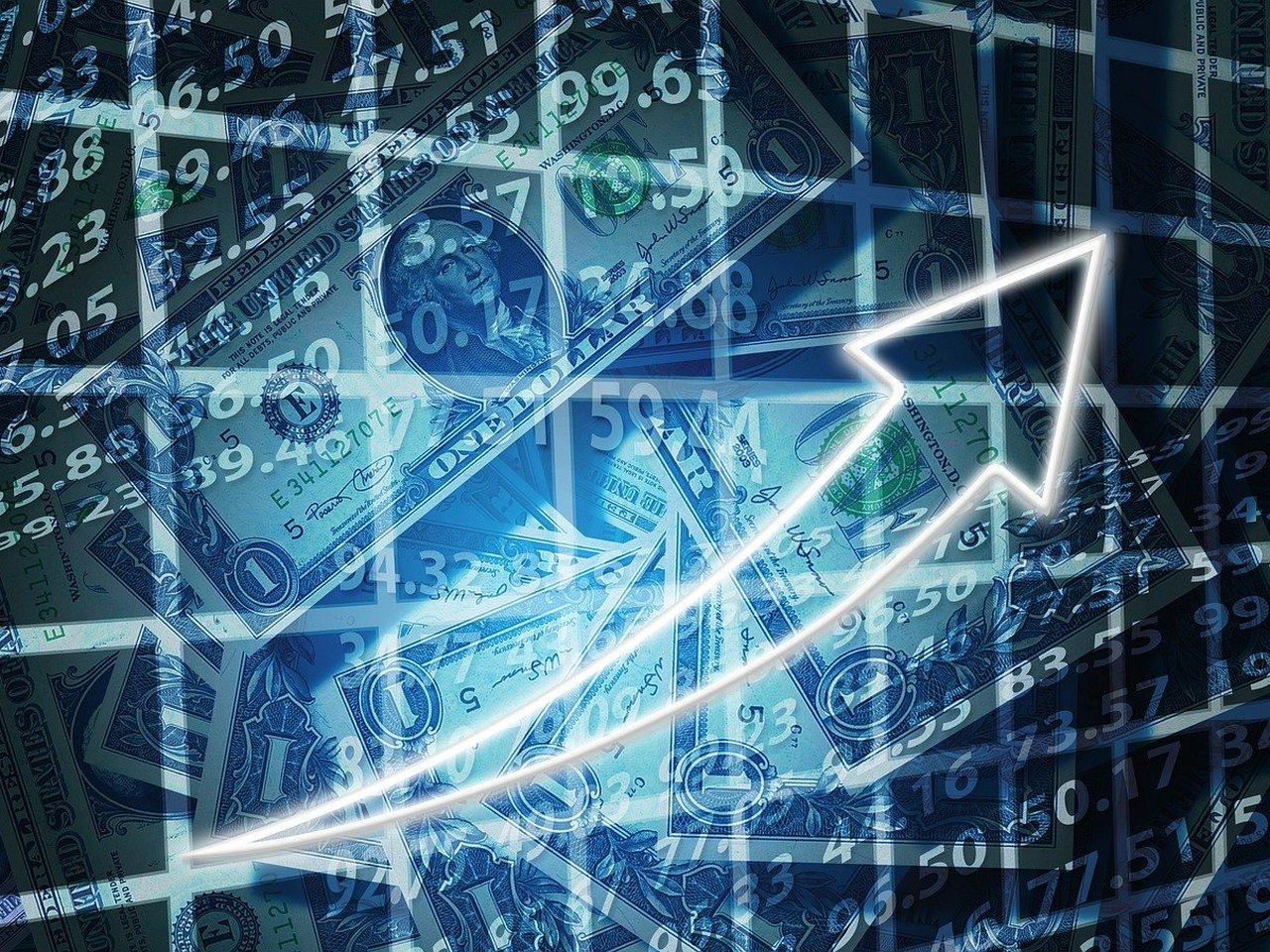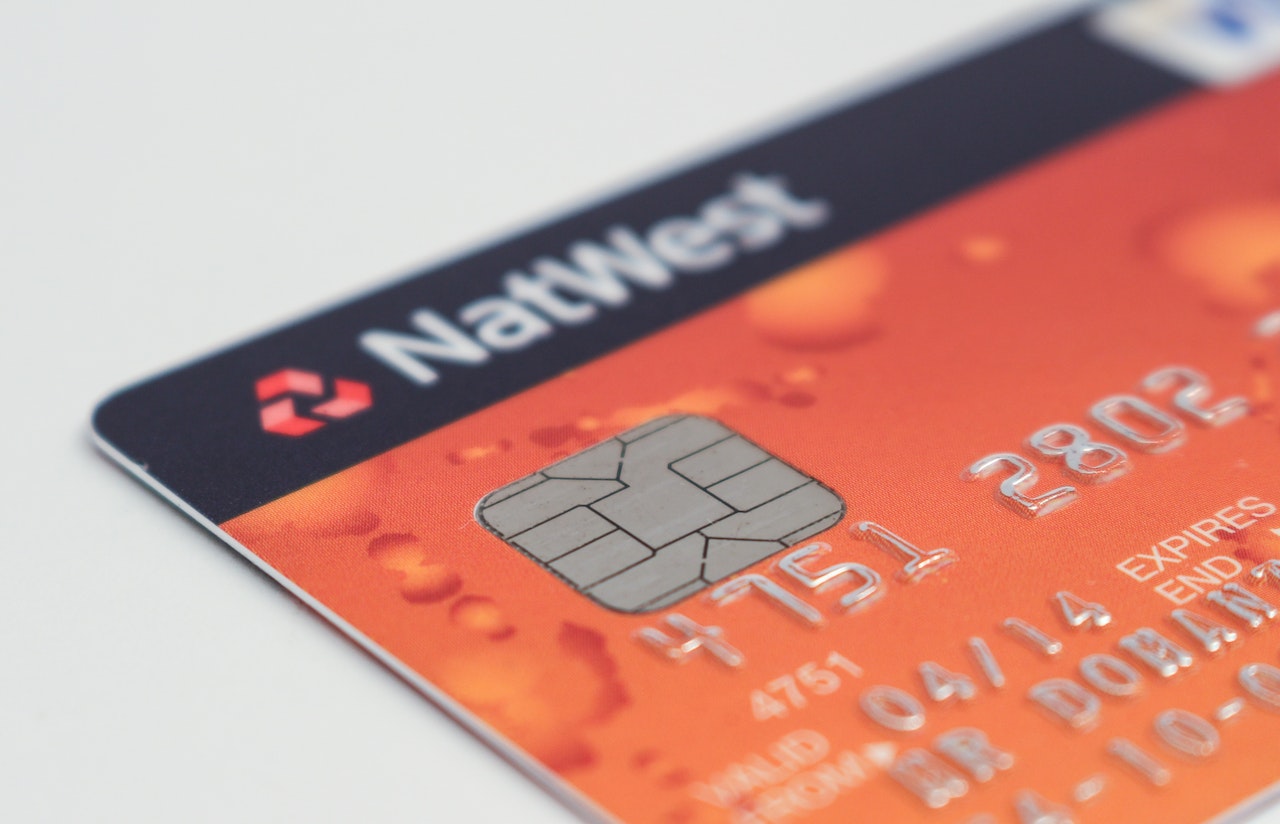Since 1913, the Federal Reserve System (FRS) has been serving as the central bank of the United States. It is a private organization that does not depend on the instructions of the executive and legislative authorities, but obeys the adopted laws and acts in the interests of the United States.
Many American banks have become members of the Fed, which has made the system more centralized. In 1915, the Fed accounted for 48% of all deposits, and in 1972 – already 78%.
Great Depression and Reforms
The next milestone in the development of the American banking system was the crisis of the 1930s – the Great Depression. Many banks went bust, closed, or were bought by other banks. This process continued after the Depression, so in 1931 there were more than 31 thousand American banks in America, and in 1972 – less than 14 thousand.
In the United States, antitrust legislation developed, banks were deprived of the right to own industrial and commercial enterprises, and it became more difficult to unite banking structures.
According to the law of 1935, banking institutions with deposits of $ 1 million were required to join the Fed. This required the bank to have certain reserves and strict rules for conducting operations.
Modern US banking system
The banking system finally took shape only in 1980, when the Laws “On the Federal Reserve System” and “On Deregulation of Depository Institutions and Monetary Control” were adopted.
Currently, the banking system of the United States consists of three tiers of institutions:
The first level is the Federal Reserve System, which includes:
- 12 federal banks in the regions;
- advisory and regulatory bodies under the FRS.
The second level consists of:
- commercial banks of various specializations;
- financial companies and lending institutions that are not banks;
- mutual savings banks and savings and loan
- associations.
The third level includes:
- mutual credit societies;
- credit unions.
What is the Fed and what does it do?
The US Federal Reserve System is, in fact, the central bank of the state. The United States studied the experience of the central banks of European countries, but did not copy it, but created a new structure for its own needs.
The Fed became a compromise between large financiers who stood for a private central bank with minimal state participation, their opponents who favored a state bank and part of the conservative Democrats who wanted to return to a system of many private banks that would not fall under the control of big capital due to the lack of



